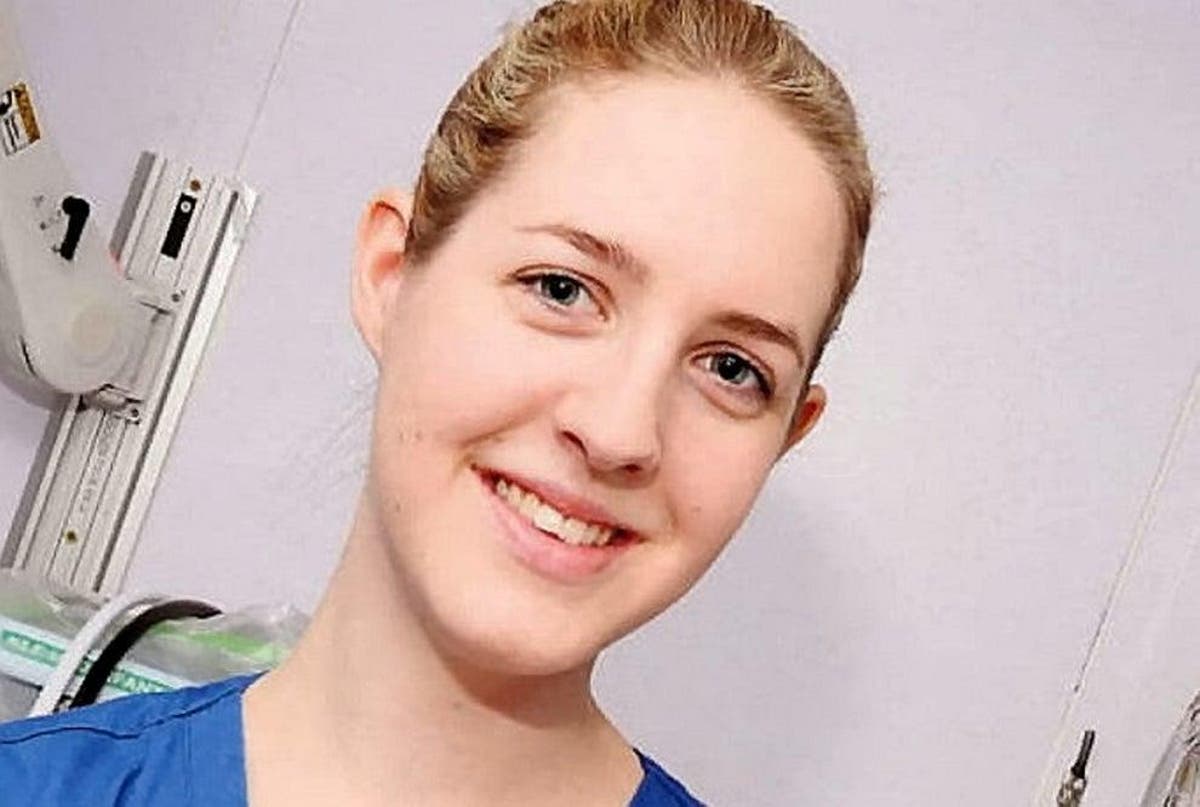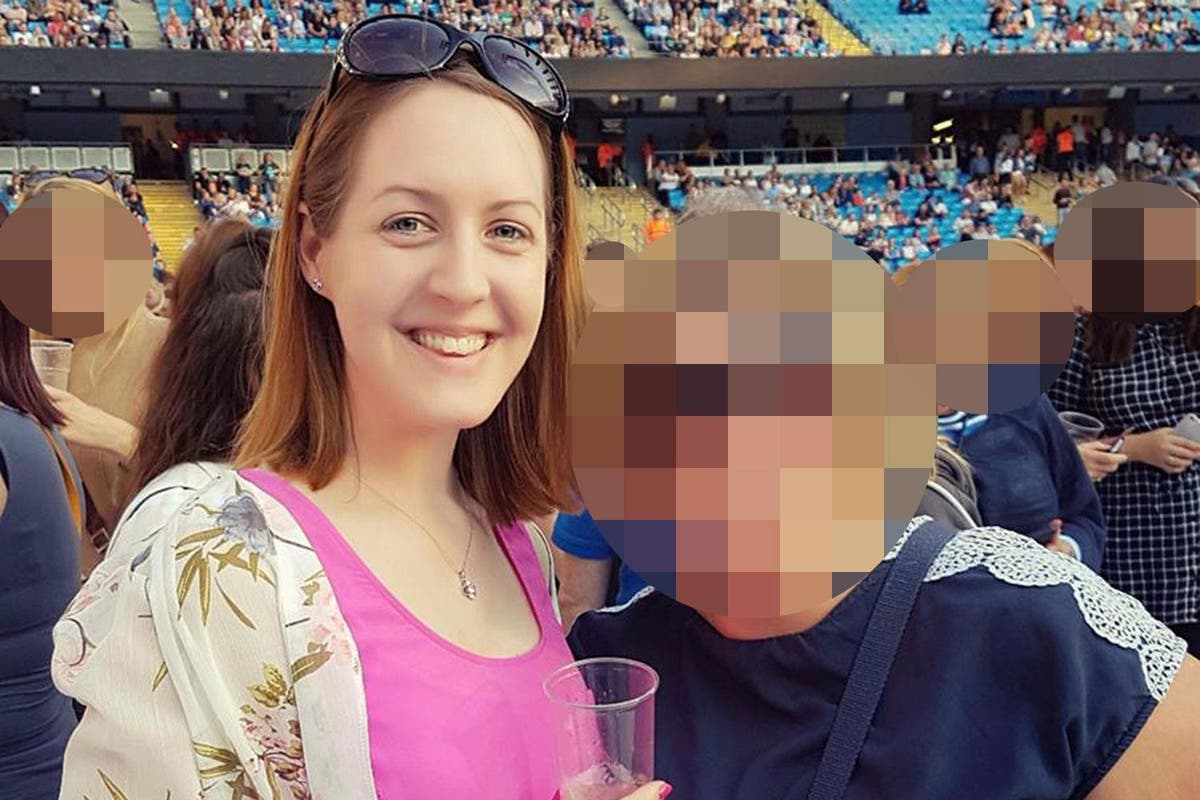This is a very long report. I have linked the summarised version, which is still fairly long, but makes an interesting read.
A few snippets here...........
Justice systems are sometimes called upon to evaluate cases in
which healthcare professionals are suspected of killing their patients
illegally. These cases are difficult to evaluate because they involve
at least two levels of uncertainty.
Commonly in a murder case it is clear that a homicide has occurred,
and investigators must resolve uncertainty about who is responsible.
In the cases we examine here there is also uncertainty about whether
homicide has occurred.
Investigators need to consider whether the deaths that prompted the
investigation could plausibly have occurred for reasons other than
homicide, in addition to considering whether, if homicide was indeed
the cause, the person under suspicion is responsible.
Suspicions about medical murder often arise due to a surprising or
unexpected series of events, such as an unusual number of deaths
among patients under the care of a particular professional. There
are serious statistical challenges in distinguishing event clusters that
arise from criminal acts from those that arise coincidentally from
other causes.
Case Study. Jane Bolding. There was extremely compelling
statistical evidence associating this US nurse's duty periods with
times when unexpected cardiac arrests occurred in her ward. After
an initial confession was retracted, the court decided that the
statistical evidence alone was not enough for a conviction, and she
was acquitted.
Case Study. Harold Shipman. Anecdotal observations about
apparently unusually many deaths among his patients followed by a
police investigation found (non-statistical) evidence incriminating this
English family doctor, and he was convicted on many counts of
murder. A subsequent inquiry suggested that statistical monitoring
techniques might have raised the alarm earlier and saved many
lives.
Case Study. Lucia de Berk. Dutch nurse. She was initially convicted
of 4 murders and 3 attempted murders of children under her care,
based largely on a statistical analysis, supported by anecdotal
observations of character and behaviour. Subsequently serious
flaws in the statistical evidence were exposed, and new medical
evidence became available, together casting great doubt on the convictions and she was exonerated.


